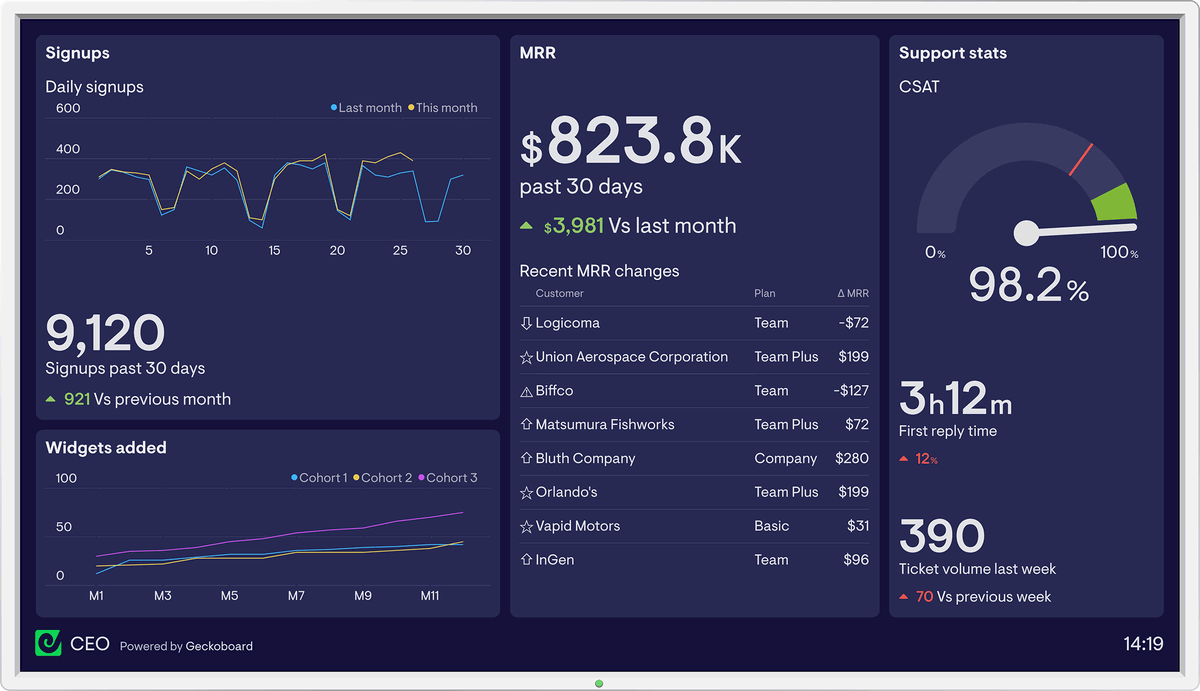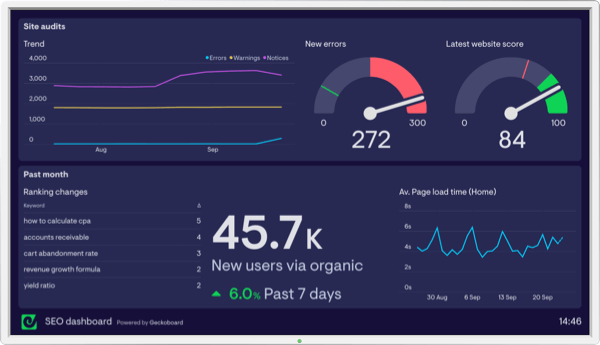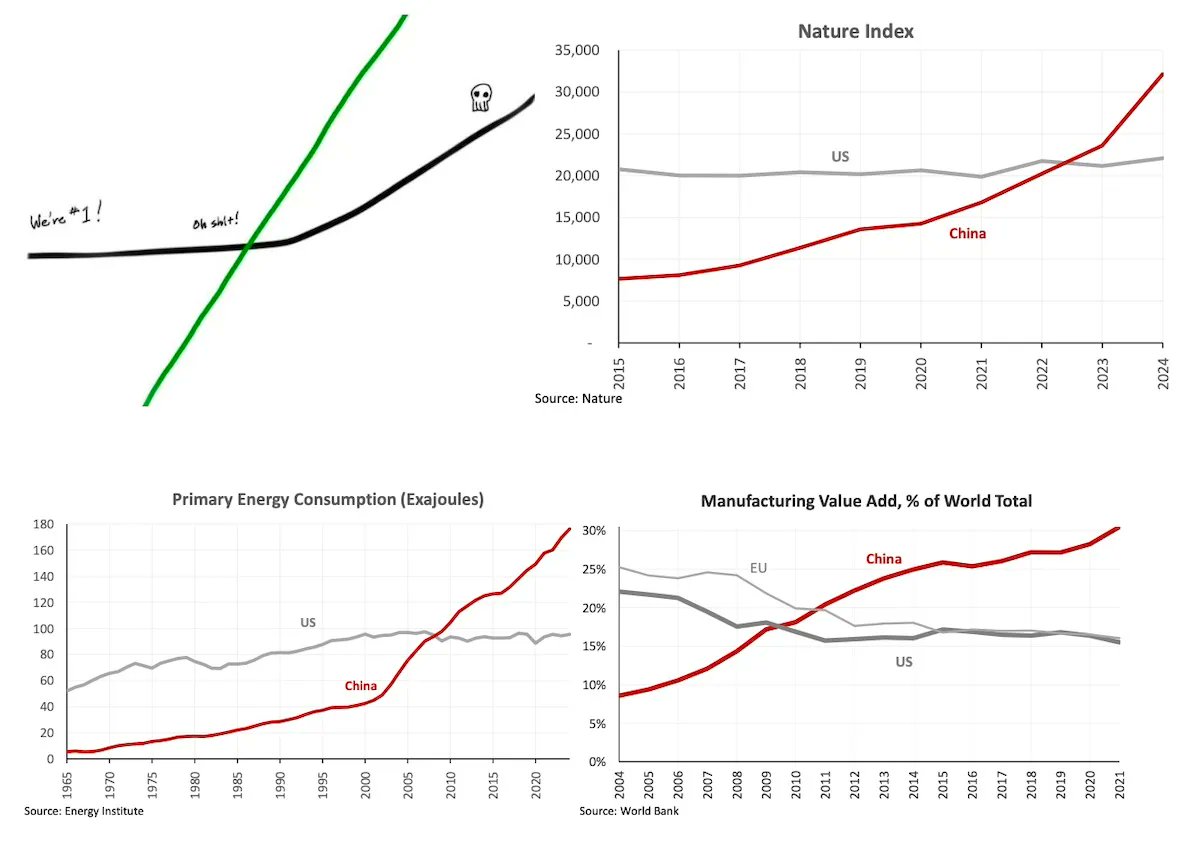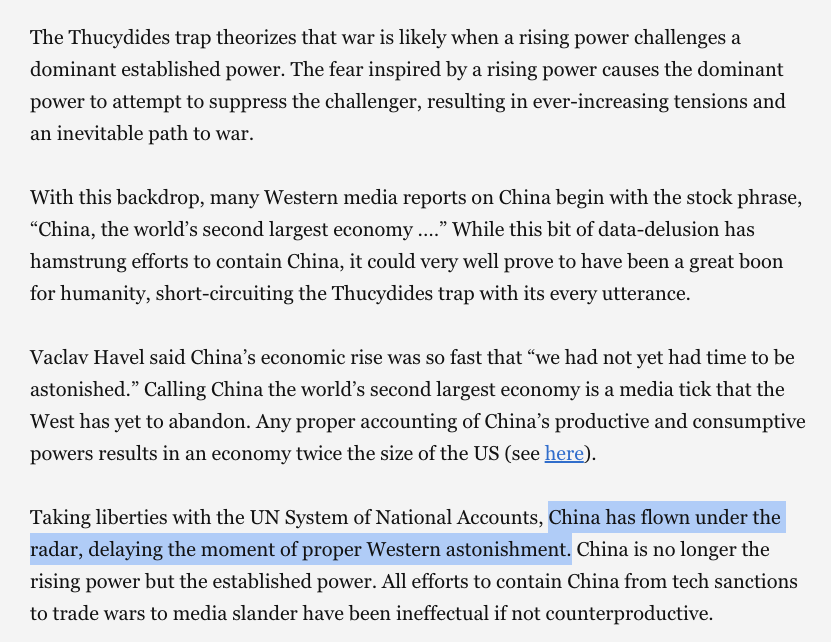Concept: what if your community newspaper was re-centered around a community dashboard?
It addresses the ADD aspect of news judgment. Rather than random stories every day, your community would instead track metrics over time, like $ saved or time working out. And improve them.
It addresses the ADD aspect of news judgment. Rather than random stories every day, your community would instead track metrics over time, like $ saved or time working out. And improve them.
Any company beyond a certain scale has a set of dashboards that the CEO and all execs review each day. Examples below.
What if you did that for a community, like a DAO?
geckoboard.com/dashboard-exam…



What if you did that for a community, like a DAO?
geckoboard.com/dashboard-exam…




The point of tracking metrics over time, and centering the morning on them, is that it gives long-term memory and focus.
The day doesn't start with random stories from a newspaper. The day starts with visualizing shared long-term goals, and tracking actions against those goals.
The day doesn't start with random stories from a newspaper. The day starts with visualizing shared long-term goals, and tracking actions against those goals.
On a personal level: what do you *need* to know about and track over time?
- Your health, blood glucose, physical fitness
- Your income, burn rate, personal runway
- Your progress towards long-term goals
Not random infotainment. That's recreation.
So: dashboards > newspapers.
- Your health, blood glucose, physical fitness
- Your income, burn rate, personal runway
- Your progress towards long-term goals
Not random infotainment. That's recreation.
So: dashboards > newspapers.
Now extend this to communities.
The metrics you consider personally important should also be considered important by the community you want to join, and on their dashboard.
Maybe you want to learn a language or minimize sugar. With a little thought, you can dashboard it.
The metrics you consider personally important should also be considered important by the community you want to join, and on their dashboard.
Maybe you want to learn a language or minimize sugar. With a little thought, you can dashboard it.
dashboards > newspapers
This feels like a good vector of attack to definitionally disrupt newspapers.
First thing you look at each day shouldn't be random stories someone else picked. Should be carefully selected metrics you want to improve.
See also:
This feels like a good vector of attack to definitionally disrupt newspapers.
First thing you look at each day shouldn't be random stories someone else picked. Should be carefully selected metrics you want to improve.
See also:
https://twitter.com/patrick_oshag/status/1412377843280064516?lang=en
If we think about it from the "jobs to be done" perspective, newspapers have this incredible pride-of-place — first thing you look at in the morning! — but typically do not add enough value to deserve that position.
Personal dashboards could, though...
hbr.org/2016/09/know-y…
Personal dashboards could, though...
hbr.org/2016/09/know-y…
Take the sugar out of your coffee, take the newspaper (or news feed) out of your morning. Replace it with a personal dashboard, then a community dashboard.
Doesn't necessarily mean reading *zero* news, zero infotainment, zero serendipity. Just treat it like watching a movie, as part of your entertainment budget.
• • •
Missing some Tweet in this thread? You can try to
force a refresh

















